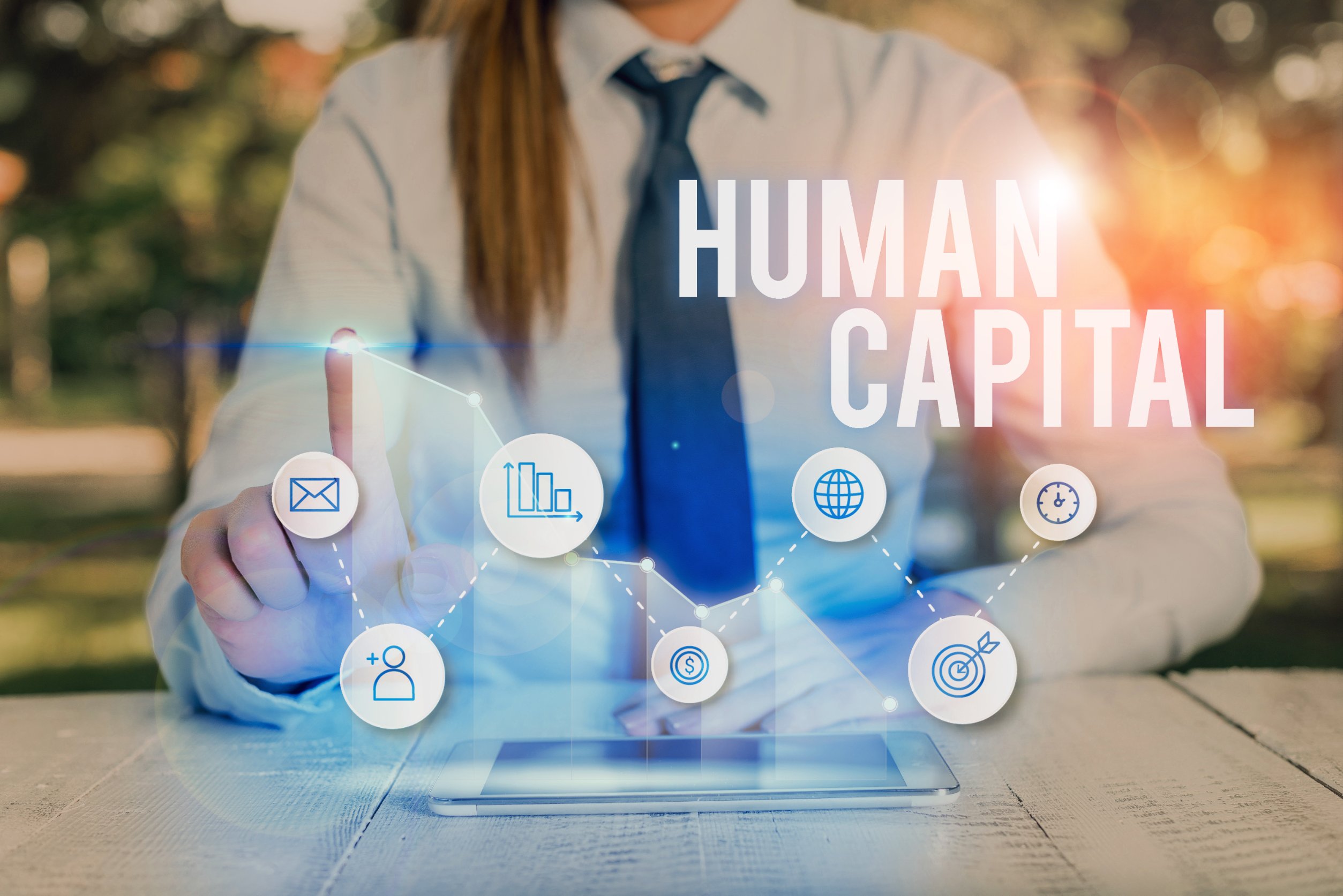Cloud-based HCMs: What makes for successful implementations?
- HRM Asia Newsroom

Cloud-based human capital management (HCM) systems are a fundamental part of the HR technology market. Today, this market is worth more than US$25 billion and is estimated to grow to almost $46 billion by 2029.
HCMs were originally designed to manage payroll, employee record-keeping, time and attendance, and other transactional and compliance needs. They initially ran on mainframes or dedicated servers and required significant support teams to operate them. Therefore, the cost of ownership was quite high.
With the advent of cloud technology, solution providers made long lists of promises, including faster implementations, reduced costs, less maintenance, and smaller support staffs. But HCM implementations and transformations are complicated; many yield disappointing results. Consider this: One in two projects miss implementation deadlines; one in three come in significantly over budget; and two in five are considered failures two years after they go live.
That is because there are massive gaps between expectations and reality in many areas such as making HR more strategic and innovative, improving the employee experience, lowering total ownership costs, or reducing training.
We recently completed approximately 18 months of research on HCMs; our work included the study of 35 HCM implementations to find out what practices correlate to greatest success. I will summarise these practices later in this article.
But first, I will highlight some key observations:
1. A point-in-time focus on HCM implementation will fall short. Instead, organisations must embark on a continuous transformational journey to optimise their investments in HCM systems. Project teams must embrace a process of continual design, prototyping, and testing throughout the system’s lifecycle.
2. Rather than technology projects, companies should view HCM implementations as an important opportunity to improve and even transform employee experiences. For instance, as part of its HCM implementation, JP Morgan Chase mapped out hundreds of employee journeys and then incorporated the associated workflows into the new system.
3. HCM solutions generate volumes of employee-related data. Turning data into actionable insights is critical to success. However, too many companies are not equipped with the resources and skills required for the analysis and meaningful reporting of this data. Using HCM-generated information to provide insights and ultimately make decisions will dramatically help in meeting expectations and deliver actual business outcomes.
A framework for implementation success
Our research led us to the development of an HCM implementation framework with three key components. The work described below is not trivial and requires detailed consideration, documentation, and potentially outside support to ensure nothing is missed. Revisiting this work throughout the HCM lifecycle and updating it as needed will help keep the implementation work on track and help ensure that the results meet expectations.
1. Strategy and governance: The first priority in any implementation project is to define the strategic vision. What is the business case for this massive investment? Is it a replacement with the intent to create a more integrated data solution, or is this implementation part of a bigger business transformation? Is it meant to improve particular processes such as recruiting or learning or yield better data analytics? Business outcomes and metrics, technology components, governance, and cultural alignment are all factors for careful consideration.
2. Operations and implementation: This component is all about focusing on what is needed for project execution and post-implementation success. The work encompasses the activities necessary to implement the technology in the company ecosystem, manage the change journey, optimise the processes involved, and support change management. New roles and responsibilities may need to be created and assigned to manage the HCM solution going forward.
3. Transformation and change: Before any work starts, the project team and stakeholders should consider how the implementation with change the company. Are there processes or workflows that will need to change to best leverage the benefits of the new system? Will self-service transform the role of HR business partners or other HR staff? Will recruiters have vastly different roles? How can you capitalise on the data and analytics generated?
Lessons from our research
Obviously, no two implementations are alike. The variations are practically endless. Different solutions have different strengths and features. Some businesses are highly complex, spanning multiple industry segments and geographic regions. Others are more focused. Those in highly regulated industries have compliance issues to consider.
Organisations are also at different points in maturity. Some companies may be looking at consolidating multiple HCMs across the enterprise as part of a major business transformation. Others may be looking for an upgrade in features or an improvement in a particular HR process. Certainly, the implementation of a system ultimately serving thousands of employees across the globe will be different than the system needed for a company in its early growth stages.
However, we found some important commonalities when studying successful implementations and meeting expectations. Here are a few:
1. Use your HCM as a foundation for creating radically simplified employee experiences. While core HCM systems are necessary to run a company, they are no longer the center of gravity. Even more important are the employee experience systems, talent intelligence applications, and work productivity tools that sit on top and integrate with it. Use the implementation as the opportunity to analyse the experiences of each workforce segment and geographical region to ensure you are building in the best integrated workflows.
2. Leverage the new HCM to improve your talent intelligence. What skills are my competitors hiring for? What capabilities are emerging in the market, and which ones are declining? What roles do we need for future success? Knowing the answers to these and similar questions and using system data analytics to assess where your workforce stands is hugely important. You’ll have a leg up when it comes to talent mobility and future proofing your workforce.
3. In addition to automating HR transactions, use the time freed to build and expand HR capabilities and transform the HR operating model. Making HR more strategic is one of the important goals for most companies when leveraging an HCM platform—and an area where many fall short. Freeing up HR time from transaction-processing and providing data for consulting and strategic engagements does not automatically make HR more strategic. In tandem, you will need to consider what capabilities are needed and the training required. You will also want to examine current HR operating models and roles to take best advantage of the new system and move the HR organisation forward.
4. Engage experienced project teams and partners. The best project leaders work in collaborative, cross-functional teams and agile pods to get the work done together and engage people along the way. Companies should view solution provider staff as partners, not vendors, to augment internal capabilities, leverage consultative expertise, and enable seamless collaboration. In some cases, you will want to enlist other outside help, such as a system integrator or consultant with experience in working with companies similar to yours. Much time and money can be saved by tapping into expertise at the beginning of an implementation, rather than waiting until things go awry.
5. Reduce risk and gain early success with a scaled implementation. We noted that many companies achieve success by scaling implementations and staggered rollouts. For instance, some start by focusing the implementation on a specific capability such as payroll or a core HR service across the enterprise. Others scale by focusing on specific employee populations – specific workforce segments or geographic regions. Whatever approach is taken, project teams take the time to learn from the initial implementations and make whatever adjustments are necessary before moving on to the next phase.
6. Leverage your HCM system to simplify the technology when possible. Simplification is a big deal. Not only does it help lower total cost of ownership (TCO) and facilitate updates, but it also eliminates integration requirements and reduces errors. GE, for example, sunsetted 156 different systems built or acquired over 20-plus years for HR, payroll, time and attendance, performance, and talent when it transitioned to Workday.
HCM success is about design
This leaves me to my final point. You are in the driver’s seat here. Do not let a vendor force you to use all of its tools. Some of them are mature and some are likely not. You have to determine through a series of business decisions what parts of the system will be implemented. I wish it was possible to have one end-to-end HCM platform that does everything needed by a modern company. This will never happen.
Your job is to think like an architect and consider your business needs and employee experiences first.
And the key selection criteria should be around ease of use and productivity – not which system has more features. If your HCM system does not make people more productive and provides the data to grow the business, then you may just want to keep what you have today. Remember that HCM systems are living, breathing things – you have to constantly take care of them since they are helping you with your single largest investment – your people.
About the Author: Josh Bersin is a Global Industry Analyst and CEO of The Josh Bersin Company. He will be speaking at HR Tech Festival Asia 2023, which is taking place live in Singapore from May 10-11.






